Recently I was thinking about how laughably antiquated my Jeep J10 pickup truck feels compared to my other Jeeps, especially my Jeep Grand Cherokee. Then I realized something absurd: The still-surprisingly-modern Grand Cherokee was the direct successor to the J10’s platform-mate, the also-absurdly-antiquated Grand Wagoneer. And the quantum leap between that 1991 Jeep Grand Wagoneer and the 1993 Jeep Grand Wagoneer successor is a leap like few we’ve ever seen in auto history, so let’s talk about it.
For today’s Autopian Asks, I initially had in my mind the Jeep Cherokee XJ, and just how enormous a leap over its processor it was. The “SJ”-platform Cherokee was a heavy body-on-frame design, with a fully leaf-sprung suspension, and outfitted with gutless carbureted AMC straight-sixes or AMC V8s bolted to three-speed slushboxes or four-speed manuals (some had five-speeds, but they’re rare). The XJ was 90 percent as big inside, despite being so much smaller outside, and also weighing over 1,000 pounds less. That’s truly absurd, but it was thanks to the then-state-of-the-art unibody construction (contrary to what you might find on the web, the XJ was not the first high-volume unibody SUV; that honor, I think, goes to the M151 MUTT military vehicle that went into production in 1960).
Add a unique quadra-link front suspension and better overall off-road geometry, and the XJ was leaps and bounds ahead of its predecessor. The only issue was: The available engines and transmissions were terrible.
That’s a part of the XJ’s history that many tend to forget about. Between 1984 and 1987, the XJ was a bit of a steaming pile when it came to engines and transmissions. The GM-sourced 2.8-liter V6 was a reliability nightmare, and honestly the 2.5-liter AMC motor was better, though both were gutless carbureted SMOG-choked motors. Even when the 4.0-liter fuel-injected motor showed up for 1987, it was bolted to a terrible Peugeot BA10/5 five-speed manual transmission (though the AX15 auto was good).
So yes, in some ways the 1983 to 1984 Jeep Cherokee jump was huge, particularly when you look at the body structures, but it wasn’t as huge as the 1991 to 1993 Jeep Grand Wagoneer jump.
Technically I’m bending the rules a little here since the 1993 Jeep Grand Wagoneer is technically a “package” that you could choose when you bought a 1993 Jeep Grand Cherokee, and technically that’s two years after the Grand Wagoneer left the market. Still, two years isn’t that long, and there’s no doubt that if the XJ was the successor to the Cherokee, then the Grand Cherokee was the successor to the Grand Wagoneer, which left the marketplace in 1991.
The leap between the two was unbelievable. The Grand Wagoneer was a fat, slow, downright ancient machine by 1991. Its AMC 360 engine made torque, but very little power, and was a handful to maintain (relatively speaking).
The Grand Wagoneer was completely different, and better it almost every way. Its fuel-injected 5.2-liter V8 (based on the “LA” Chrysler 360 and not the AMC 360) made 220 horsepower and 285 lb-ft of torque — 76 horsepower and 5 lb-ft more than the old Grand Wagoneer. And on top of that, the chassis was a unibody one with Quadra Coil — an industry-first fully-four-link-coil-sprung-solid-axle suspension.
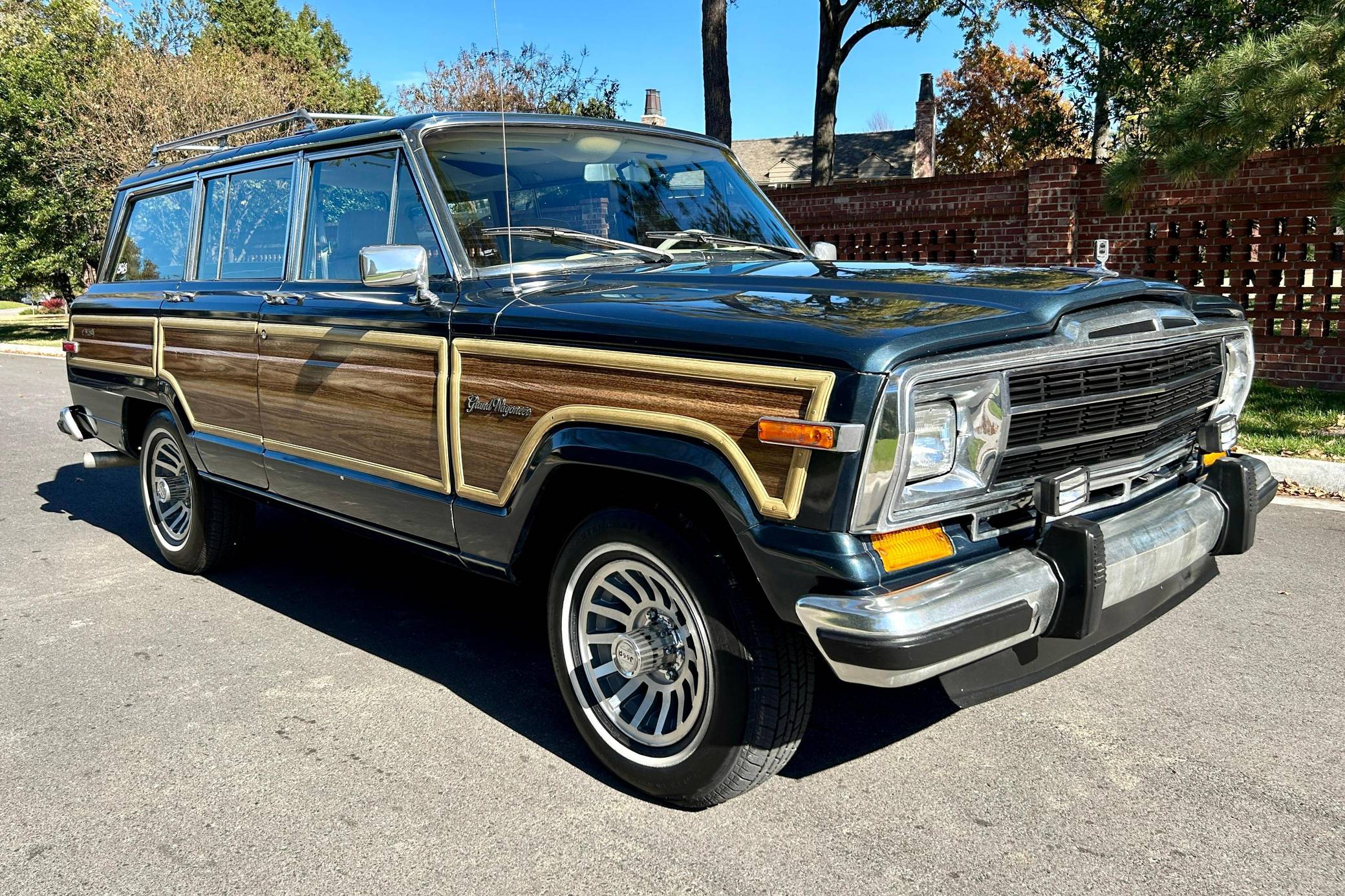
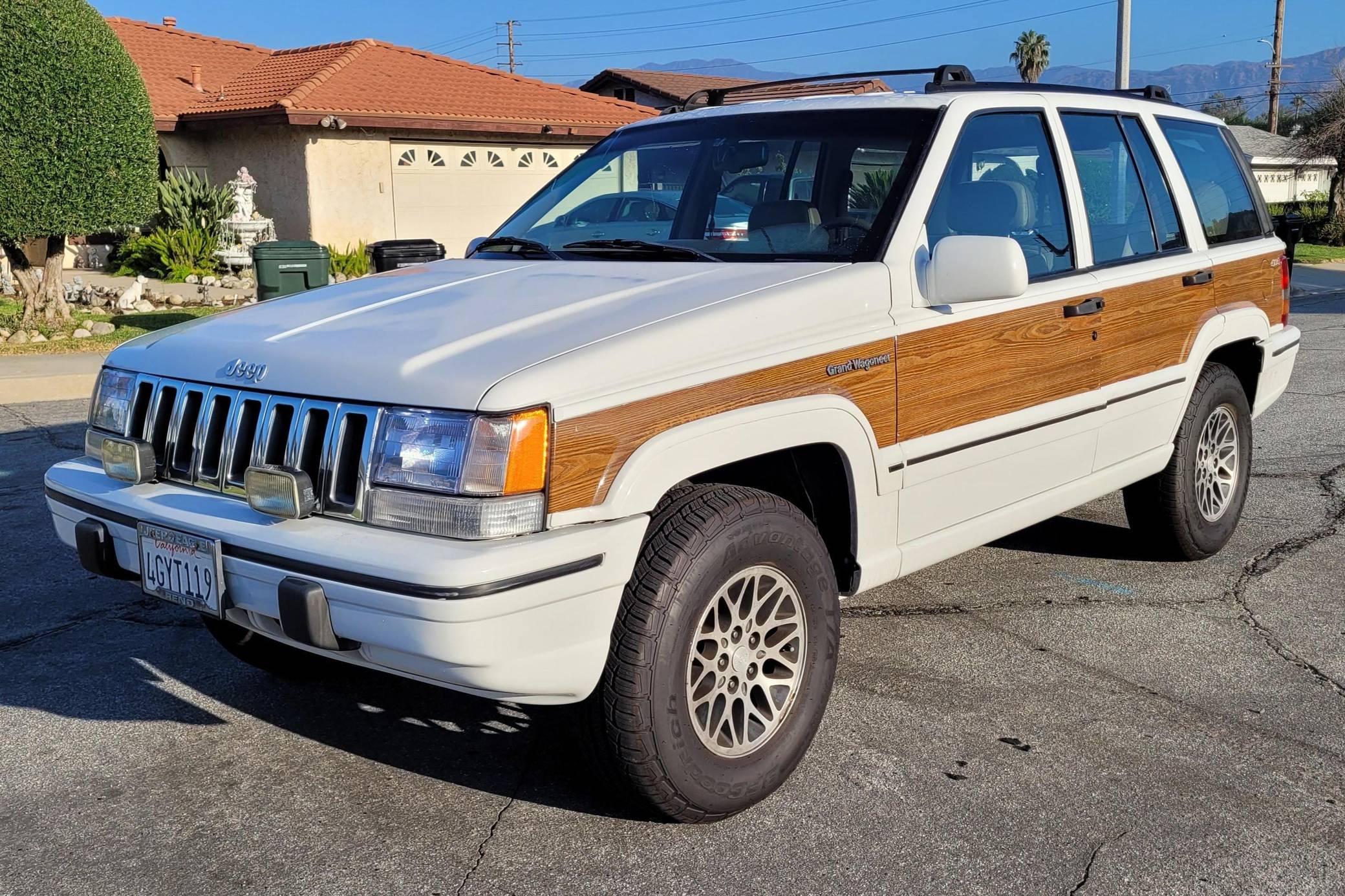
Though the four-speed automatic versus the three-speed in its predecessor wasn’t a huge leap (especially given the four-speed’s reliability issues), the significantly more powerful and reliable engine, along with the >500 pound lighter unibody structure, along with the significantly improved suspension made jumping from an SJ into a ZJ like stepping into the future.
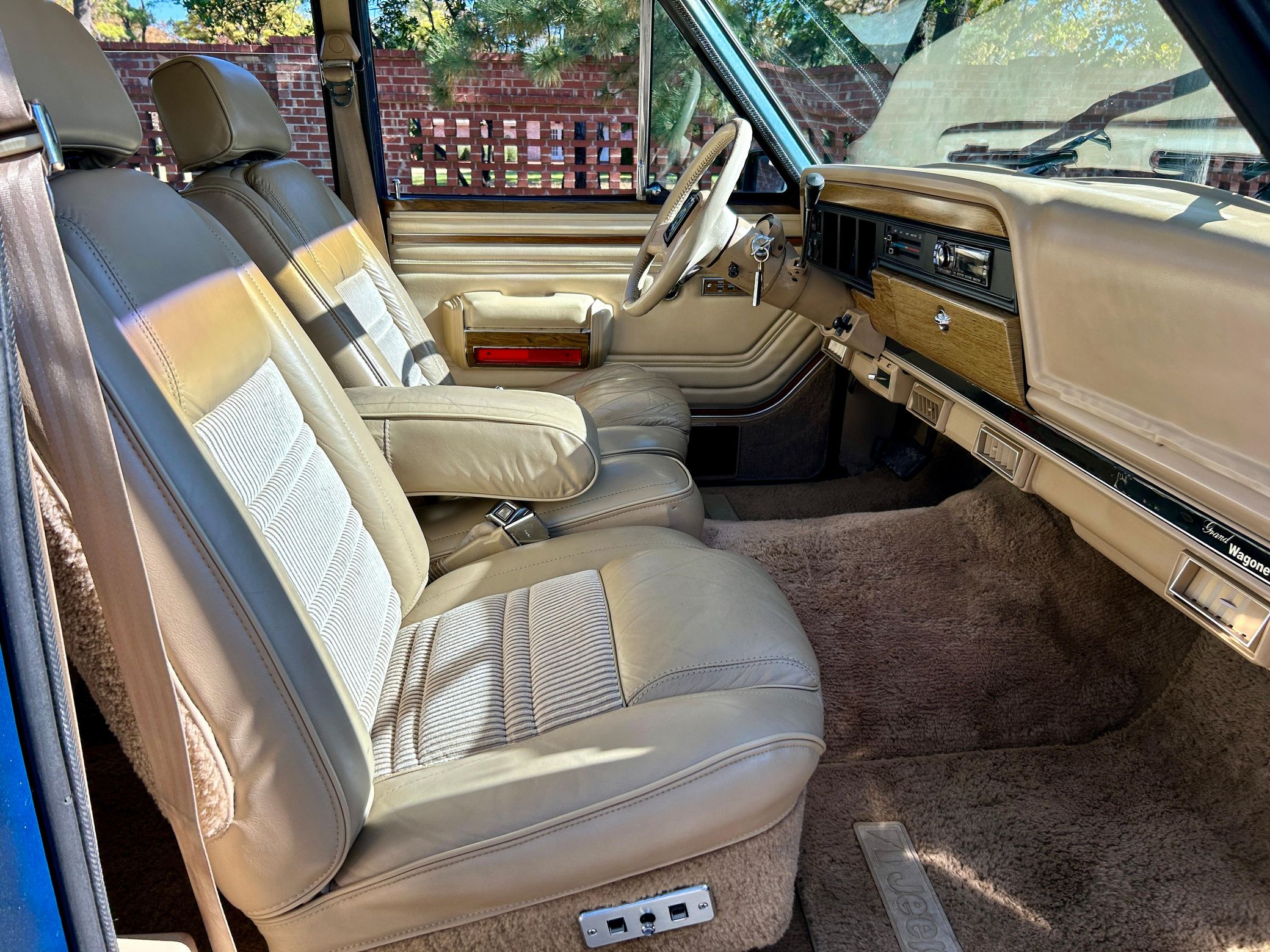
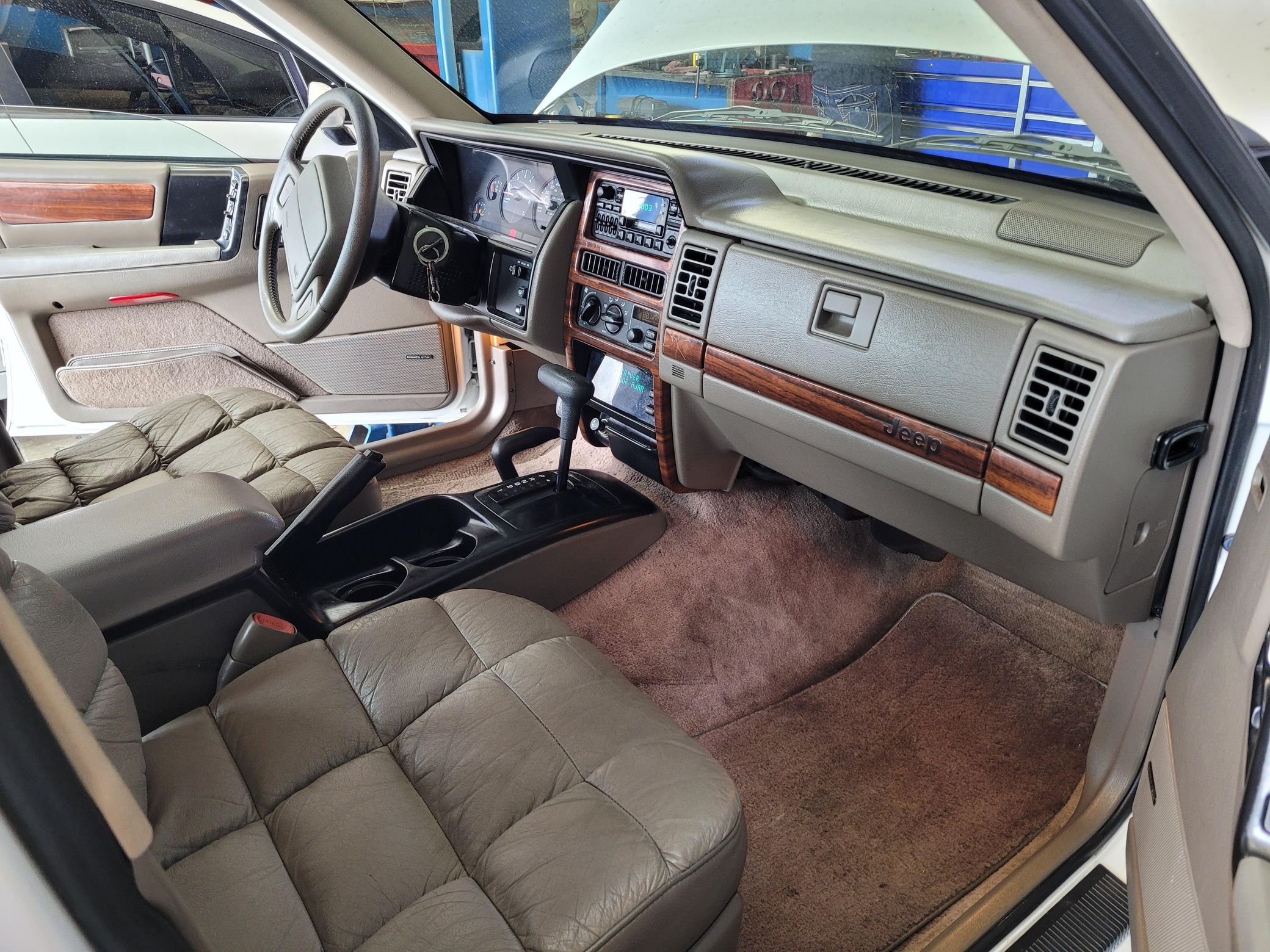
Add airbags, ABS brakes, and just a totally more modern cabin, and the two couldn’t be more different. I can tell you, after owning two Grand Wagoneer and a handful of ZJs: The ZJ is better in every conceivable way except styling.
Top graphic images: Bring A Trailer; Jeep/Ebay seller
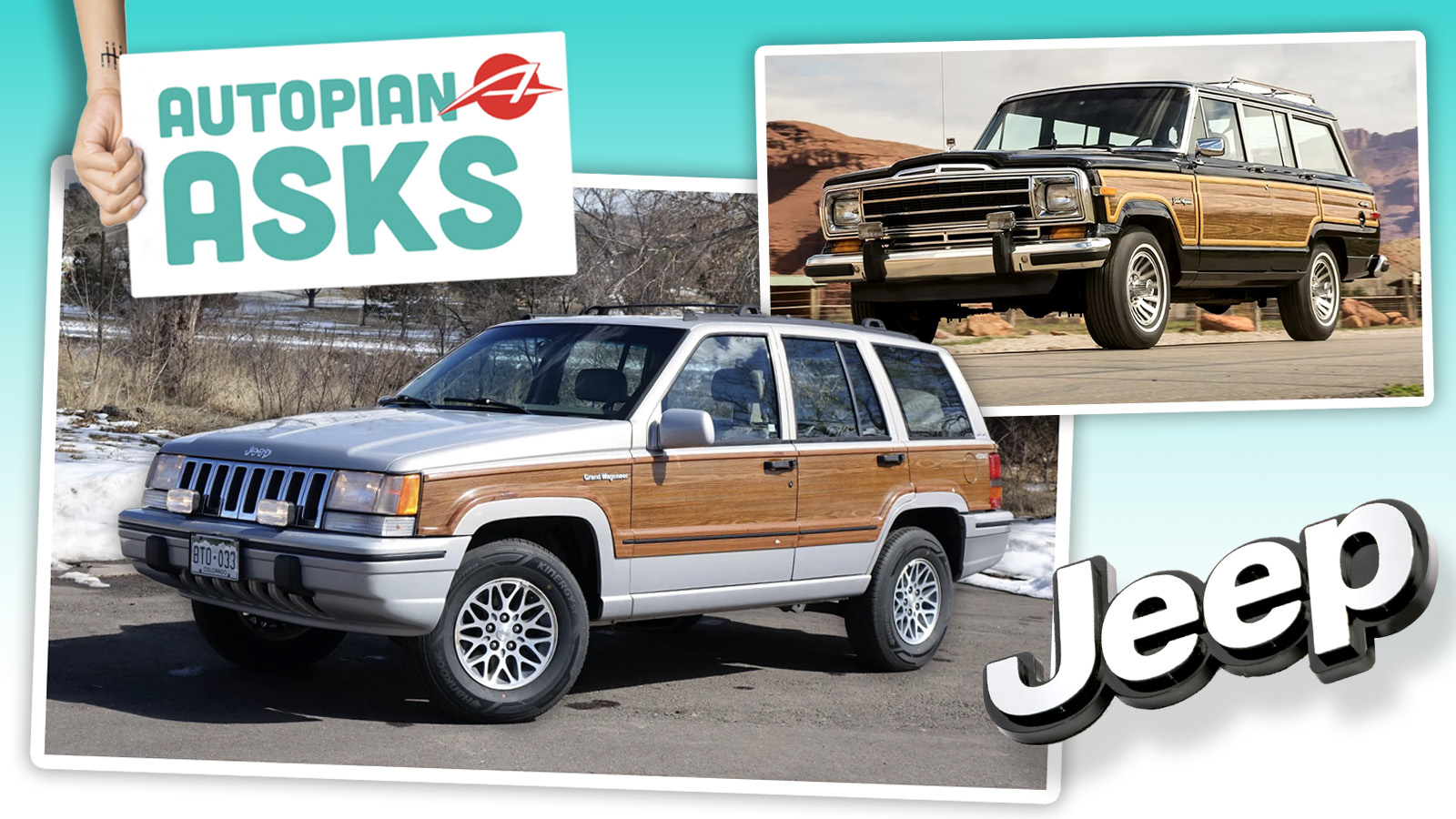



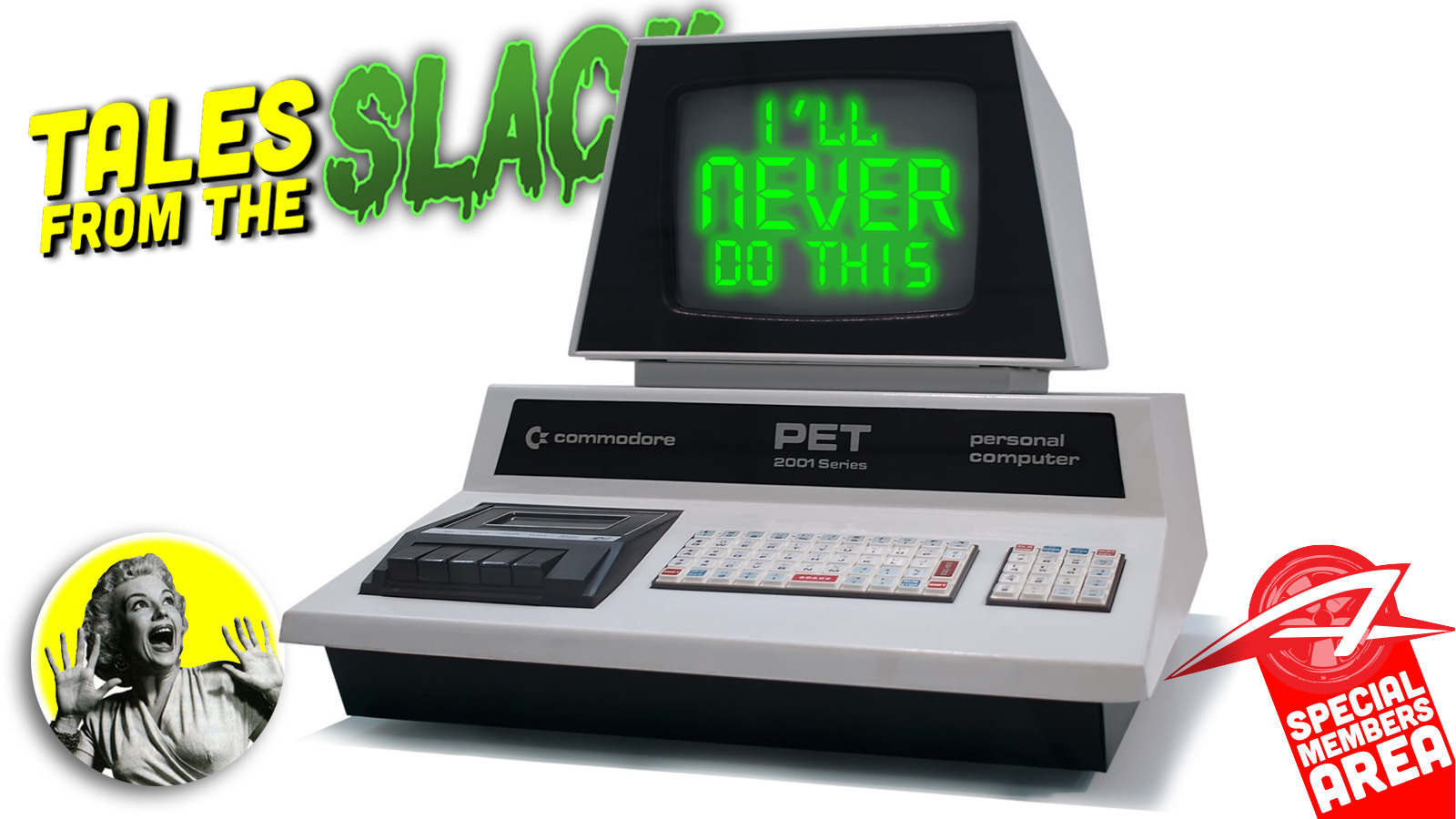
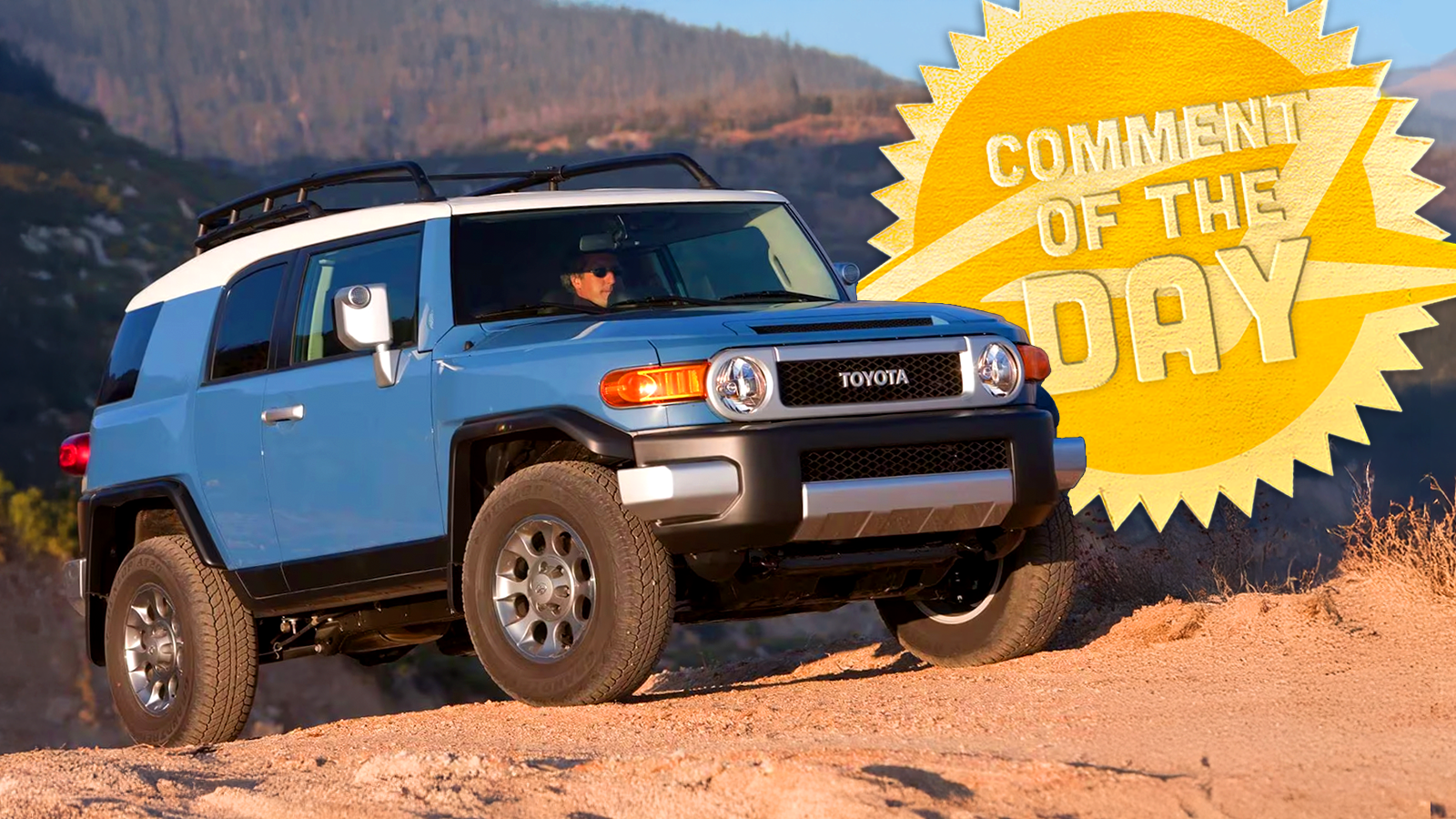
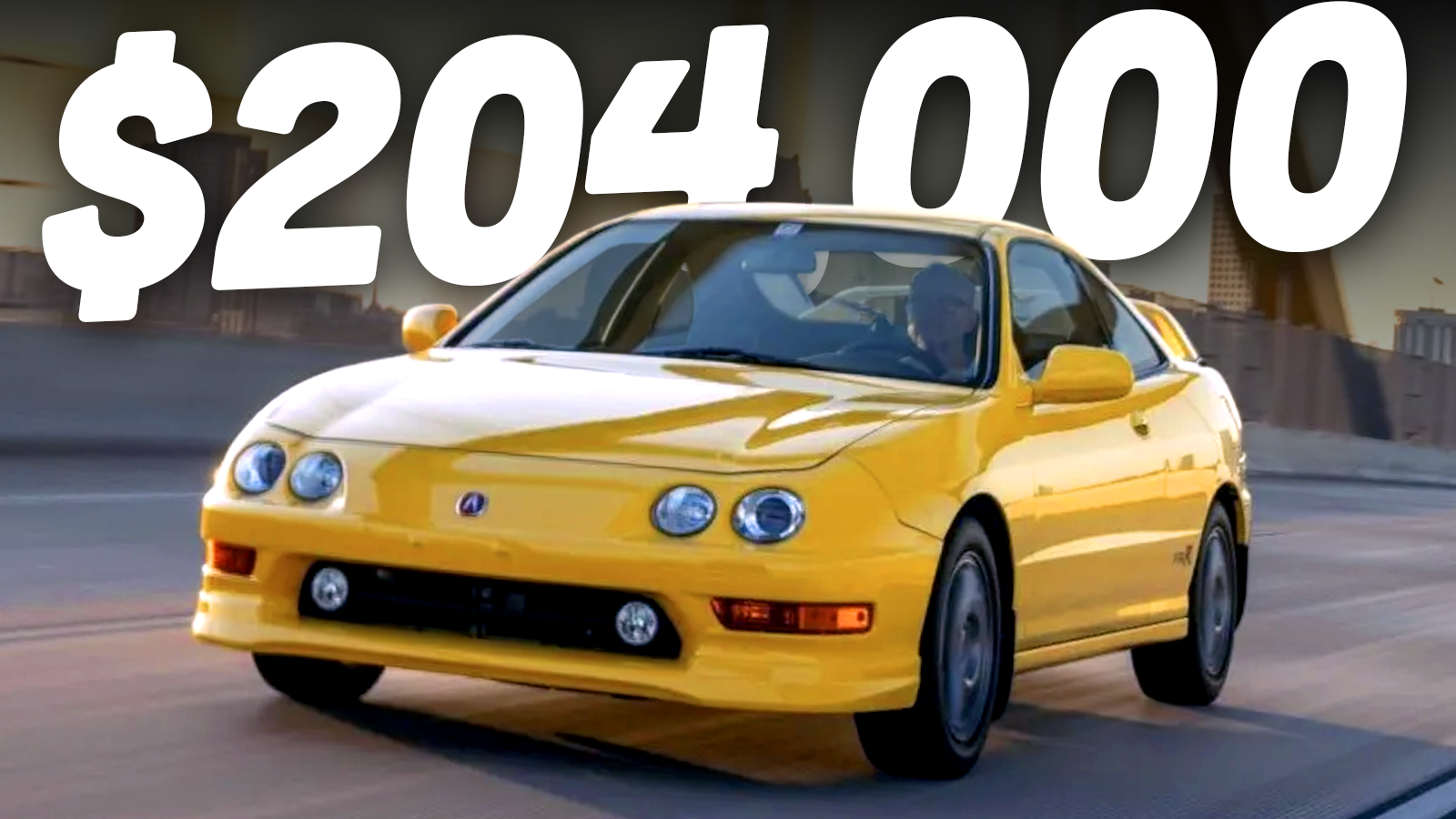
The Corvair? Maybe? The Corvair pioneered the unibody construction the Vega would later use, created the first true “platform” for different bodystyles, normalized turbocharging in an era where such technology was still the domain of aircraft and large freight ships, influenced styling across the world for decades, and (albeit temporarily) knocked it through GM’s thick skull that people will pay the same amount for a smaller but lushly appointed vehicle as they would for a mid-trim midsize.
Probably second would be the X100 Jaguar XK in 1996. An entirely aerodynamic exterior, the first new engine Jaguar had developed since 1984, electronic active suspension, radar based adaptive cruise control, and it replaced the XJ-S which had debuted in 1975. It leapfrogged Jaguar so far ahead with the XK-R version that other manufacturers like Mercedes-Benz with the R129 or Porsche with the 996 911 pushed out higher performance versions to stay ahead of instead of level with it. It’s one of the five cars of the 1990s responsible for the Exotica Wars that lasted until about 2006.
Another contender would be the 1994 Dodge Ram. Entirely new body, steering system, engines, suspension, and crash safety for the first time since 1972.
Mini to MINI. In 2000 the Mini was essentially the same car as launched in 1959, with the 4-speed gearbox in the sump, A-series engine, external body seams and a tiny opening to the luggage compartment. The 2001 MINI was a completely different animal, with a modern engine and end-on gearbox in a modern, and much larger, hatchback body. Purists will say it was no longer a Mini, (and it wasn’t, it was a MINI, with extra capitalisation), but it was developed as the direct replacement.
Wow. I didn’t realize Rover produced the Mini until Y2k. That’s going to be a hard one to beat, especially without any lapse in model years!
Golly, this must be the most unclear question in the history of the website. Some people have cited next-gen cars with different names, but I thought the question was which next gen car of the SAME name was most changed. American manufacturers change names more often than the Germans do, so I’m gonna go with whoever said that in Mexico you could buy a New Beetle after you could buy an OG Beetle. But maybe that’s wrong, because the Type I wasn’t officially called “Beetle”.
And also, the New Beetle and the Type 1 Sedan were sold alongside each other for like 5 years, so it wasn’t really a replacement
The Bugatti Type 101 (really a Type 57) and the Bugatti Veyron?
I’d take a 57 or 101 over a Veyron any day, but whatever.
4th gen to 5th gen GTO?
We leased a ’94 ZJ V8 and thankfully chose the 3/36 warranty instead of the 7/70 and 12K warranty on everything else. So many things went wrong in the first couple of years. It was a long time ago and I don’t have a mental list of what all went wrong. The transmission was one of them. But it spent a lot of time getting warranty work done. I thought “man, this thing is going to eat us alive when the warranty is up.” But it settled down and we ended up buying out the lease and we put 110K miles on it before we sold it and the only thing wrong at that point was a slight weep from the water pump.
We replaced it with a 2001 Honda CR-V which had at least 90% of the interior space, a much smaller footprint and at least 50% better fuel economy. The Jeep was quieter and was certainly more capable towing. The ZJ could go places we would never take the CR-V. But rock-climbing and off-roading is not why we bought the ZJ. They seemed to be equally competent in the snow.
I think all of the big three’s trucks had significant leaps in the mid to late 1990s. Starting with the second generation Dodge Ram, then the Ford Super Duty and 10th generation F-150, then the GMT800. I think all of these trucks are more similar to their variations today (at least 4 generations and 25 years newer) than their immediate predecessors. This is particularly the case for the Ford and Dodge trucks, the 9th generation F-series and 1st generation Rams date back to the 70’s/early 80’s. And to be fair, the GMT400 was a huge leap itself.
Came here to say this. The difference between a 1993 Ram and 1994 Ram is huge; they feel like they should be at least a decade apart but are actually just one model year separated. The 1st gen Ram seems like it came right out of the 70s(and it more or less did) and the 2nd gen would have still seemed modern if it came out later
It was at least the turn of the century before Ford and GM caught up with Dodge.
In the Stellantis era, that seems like such a ridiculous phrase, doesn’t it?
The Ford Taurus. FWD, European ride and handling, and it looked like a spaceship compared to the Squaremont it replaced.
Actually the “Squaremont” was replaced by the Tempo.
The Tempo was significantly smaller. It didn’t really replace anything, it slotted between the Escort and the Fairmont/LTD (fancier Fairmont) and then the Taurus. Though I suppose if you ignored the years-long gap, the Tempo kinda/sorta replaced the Maverick as the “compact, but not really” in-between car.
Maverick > Fairmont > Tempo > Contour
Granada > Fox Granada > LTD > Taurus
The latter was always a bit more upscale. The Fairmont and LTD were sold side by side in 1983 because they were in different segments, even though they were the same size. But then again so was the Fox Granada which was also sold concurrently with the Fairmont.
Fairmont and LTD were trim levels of the exact same car. Which was replaced by the Taurus.
No they were not. Same platform and shared doors but otherwise the sheetmetal was completely different. Same story with the Fox Granada.
I’ve owned 5 Fox LTDs over the last 25 years and run an entire enthusiast group devoted to them so this is one area where I can confidently call myself an expert.
Not that Wikipedia is a definitive source of truth, but it also agrees with the model succession I mentioned above:
https://en.wikipedia.org/wiki/Template:Ford_United_States_%26_Canada_timeline_1980_to_present
A Sable and a Taurus have different sheetmetal too – they are the SAME CAR.
In the real world, the Taurus replaced BOTH of them.
False equivalency. If you’re talking Taurus/Sable twins (which did indeed share sheetmetal) then you’re ignoring the Zephyr as the Mercury twin to the Fairmont and the Marquis as the Mercury twin to the LTD.
I’m sorry, but the Fairmont and LTD were not the same car, and you lost credibility by stating something that is just plain untrue.
Fairmont and LTD were the same size car however the LTD was targeted more upscale buyers as it replaced the Granada. Again, this is why the LTD and Fairmont were sold concurrently in 1983 before the Tempo debuted.
Here’s a newspaper article from 1984 stating the Tempo replaced the Fairmont.
Here’s a retrospective article on the history of the Tempo/Topaz stating the same.
Neither mention the LTD.
Anyway, I probably ought to get to work now instead of nerding out on 40 year old car talk.
You have to remember at that time (early to mid 1980s) that FoMoCo was downsizing its vehicle lineup,as fuel economy and aerodynamics was taking precedence.
Also at that time vehicle classes were based on wheelbase dimensions,and not on interior space dimensions that the EPA does nowadays.
Ford was also transitioning most of its lineup from rear wheel drive to front wheel drive at that time in an effort to improve fuel economy,save for trucks,SUVs and some of the more upscale/near luxury/luxury vehicles.
Tempo/Topaz was considered a compact vehicle and was the replacement for the Fairmont/Zephyr.
Ford stretched the Escort’s platform from subcompact dimensions to the compact category,which saved Ford money in R&D costs. They also used some of the same parts,which,again saved Ford money.
1966 Chevy C-10 to the 1967 model. I don’t think collecting pickups was a big deal until these had their run.
How? Underneath, they are virtually the same as each other. In the grand scheme of things, outside of stylistic design, it was a very small leap.
It was all about the style. A block of wood to a curvy beauty.
Ford Model T -> Ford Model A. An average person in 2025 could reasonably figure out how to drive a Model A. Not so with a Model T. Driver adjustable spark advance? What?
No kidding. Starting and making a Model T go is an adventure on its own.
The controls of the Model A are generally more familiar than those of the Model T from a modern perspective but it does still have a manual spark advance:
https://modela.org/images/full_dash_flags.jpg
I was about to hit enter on saying that the Ford Model A was a pretty big improvement over the Model T, but scrolled down.
Manual spark is fun! I used to have a BSA motorcycle with manual spark advance. Also a bunch of tractors.
I’ll ditto this. The T was designed in 1908 and it showed – ineffective rear-wheel-only brakes, two-speed transmission, opaque driver controls, crank start, wheezy engine, gas lights, wood wheels, and styling that was functional first. True, by 1926-27 the styling was better and you could get electric start and lights.
But in 1928, the Model A debut was as spectacular as the Mustang decades later. Public response was frenzied. There was a whole song, “Henry’s Made a Lady Out of Lizzy.” The A had twice the horsepower, standard electric lights and starter, effective 4-wheel brakes, a 3-speed transmission, steel wire wheels, and baby-Lincoln styling. It truly was a modern car.
Sales figures reflect that upgrade. The T sold 15+ million in 19 years. The A sold 5+ million in just FOUR years, two of them under the Great Depression.
And it lasted even longer, the Soviets built a variation all the way up to 1956
Mustang II to the Fox Body Mustang.
1993 Chrysler New Yorker (K-based, very long in the tooth) —> 1994 New Yorker/LHS (LH car, kind of amazing in most ways)
I never would have thought of this, but it is absolutely true. The LH cars were astoundingly better than their K-based predecessors.
This is awkward, I was going to input the Dodge Intrepid (LH) to the LX cars. Maybe it’s because in high school I drove an 04 Intrepid (2.7L) that was the least inspired vehicle I’ve ever encountered. But when I bought my 06 Magnum RT it’s hard to believe they’re both the full size offering from a company 2 years apart
The late (2nd gen) Intrepids were nothing special, they were coasting on the success of the first ones while also downgrading the engines (2.7) and looks. But if you look at the transition from something like a Dynasty to an Intrepid, whoa. Big improvement.
Looks like I need to jump into the K car era to truly experience motoring malaise. Seems to be the big Chrysler era that I’ve skipped
Land Rover Defender has to be in this discussion. It jumped from being an ancient modified farm implement to a fully modern discount Range Rover. There was a few years gap in production, but, I think it still counts.
I’ll second this. They went from part time 4WD and leaf springs to full time 4WD with a locking center diff and coil springs.
The full time 4wd and coil springs arrived when the 110 replaced the Series 3 109″ in 1983, years before the Defender name was used.
The Defender is interesting. As a work truck it had become outdated garbage compared to a global Ranger or modern Japanese global pickup, even before considering reliability. However now it is just a “luxury” SUV wearing a Halloween costume and not that well equipped for the price. For example, a Ford Explorer is also unibody RWD based with an independent rear suspension, just like the new Defender.
I will note that the new Defender actually created an opportunity for someone to start a totally new company making something kind of/sort of like the old one, which should weigh on whether the new one was an improvement.
I nominate the Hummer H1 Alpha to the Hummer H2.
It went from a homologated Military truck with Independent suspension on all corners and the drivetrain tucked entirely into the chassis, just about capable of driving underwater,
To a generic mcdonalds hamburger GM pickup platform with lovecraftian quantities of plastic stuck to it.
You didn’t say the leap had to be an improvement
Carrera GT. Easy arguments that it didn’t have a predecessor.
Destroyed everything at the time.
Absolutely the Fox chassis Ford LTD being replaced by the Taurus. The LTD represented the very end of boxy styling, RWD, and V8 midsize cars for Ford which had been the standard for decades before, and was replaced by aerodynamic FWD V6 jellybeans which basically became the standard for decades after.
Ford was so concerned that the Taurus might be too radical that they kept the LTD alive for ’86 to hedge their bets. Clearly history has shown that the Taurus was a smash success.
I was a car-obsessed teenager at the time, and we all knew the future had arrived. When the Taurus debuted, everything else was instantly out-of-date. It wasn’t just the FWD platform or the styling, either. The interior was designed with intuitive ergonomic controls that matched each other, rather than looking like a parts-bin job.
Mercedes-Benz CLR.
Unlike the CLK, it leaped over many things.
Different names, but Pinto to Escort comes to mind…
Since it was a popular topic in the discord yesterday: Chevy Trax. First gen was a frumpy, Great Value Ecosport that was somehow uglier and the new gen has improved leaps in bounds in terms of style, proportion, and is still reasonably affordable.
Good call – it’s one of the few crossovers I might consider if I had to get a new car. I’m amazed/pleased that it’s basically the same height as my Focus.
Literally my only gripe is lack of AWD, I think they’d print money if they just made it an option.
thats the main differentiator between the trax and the trailblazer that and a bit of ground clearence but they share a platform.
Yeah but I don’t like the looks as well and they’re a lot more money for no good reason.
the 8 speed auto in the trailblazer is a real standout feature it keeps that tiny engine in the power at all times and shifts really smooth. i’m sure the 6 speed in the trax is FINE but he trailblazer is a nice upgrade over the trax if you have the extra money but if you prefer the trax that’s okay too! i really like the buick version of the trax i think thats a sleeper value for a new car pick in 2025!
This is my vote as well. The first gen Trax was god-awful, the new one is actually a great value (not the brand this time) and honestly a pretty desirable car. The first Trax reminded me of those recliners that help old people stand up, but in car form.
You know what I’m going to say: W-body LaCrosse to Camaro-based Alpha chassis LaCrosse.
The second gen LaCrosse was on the Epsilon II platform, not the Alpha.
Potentially hot take given the love for the E39, but the E60 5 series was a huge leap.
As handsome as the E39 looks, it’s very much “of its era”. The E60 looked new and futuristic in 2004 and still looks fresh today.
Same goes for the interior. It was one of the first models with iDrive, the type of tech which (for better or worse) came to dominate the industry.
This was also when BMW started turbocharging their 6 cylinders, giving the mid-tier models characteristics only found on the V8 E39s.
I love the E39 and basically grew up in the back of a V8 manual one – but looking back the E60 was such a crazy change.
I agree that the e60 was a big leap technically, but it was also the beginning of the end of bad BMW design choices. I still scream inside and wince when I see the headlights of an e60, they are so ungainly and ruined car design for two decades after.
Yes I’m biased, my family has owned three e38s, two e36s and an e39. Just can’t beat the classic BMW styling.
I feel like the Grand Wagoneer is almost cheating. So much of that thing was nearly 30 years old. All you had to do to make a stupendous leap forward was to make a modern vehicle.
1965 Corvair versus ‘64 and older.
It is a good example of how much a small change like switching from swing axles (like a Porsche 356 or Mercedes 300SL Gullwing) to double-jointed axles can matter.
One of the easiest ways to identify that GM has significantly improved a car is that they kill it shortly after.
Going back a bit further, Dodge Aspen/Plymouth Volare to the K car in 1980 or 81. FWD, great gas mileage, all the room of the old cars in an easier to park, smaller package.
GM tried with the x body(Chevy Citation, Skylark, Olds Omega) and I did like that you could get them in hatchbacks, they looked A LOT nicer than the Chrysler K IMO. Just they were poorly built and engineered junk that wasnt properly tested. Also GM didnt go full hog like Chrysler and kept building the Malibu and introduced new a new Regal and Cutlass sedan the same year as the x cars(the x car was supposed to replace the old rwd A body)
The K-car gets a lot of crap, but it was revolutionary in its day. I drove a low mileage (45k) example just a few years ago and it was surprisingly pleasant. Soft ride, comfy interior. It wasn’t a great car, but neither was anything else in the early 1980s.
Volvo 740 to 850 ?